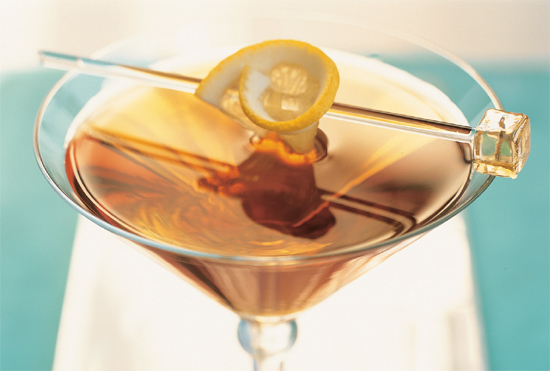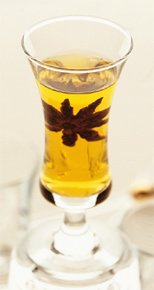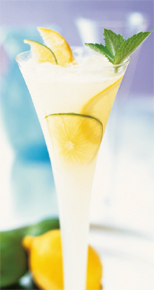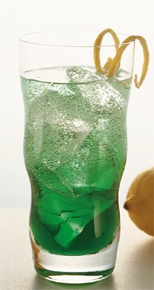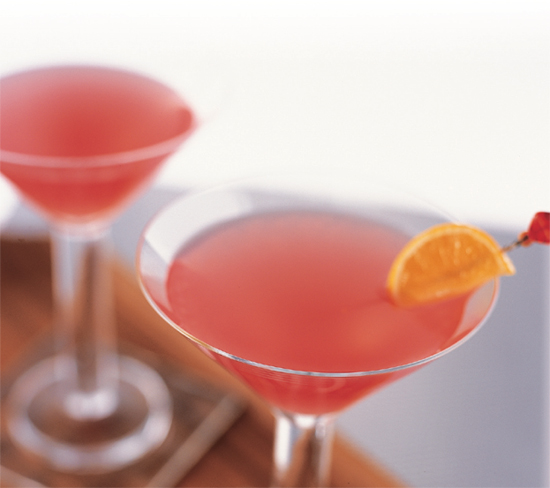CLASSIC
COCKTAILS

CLASSIC
COCKTAILS
THE HOME BARTENDERS GUIDE TO MIXING SPIRITS AND LIQUEURS: 150 SENSATIONAL DRINK RECIPES SHOWN IN 250 FABULOUS PHOTOGRAPHS
Stuart Walton
Contents
Introduction
We may never know at what point in history alcohol was first used to fulfil what would become its time-honoured role as intoxicant. What is certain, however, is that the first such use arose from the discovery of the effects of fermentation on fruit, honey or sticky-sweet palm sap.
First alcohol
The ancient Egyptians used fermented grains for making prototype forms of beer. Wine came after beer, but was to become of crucial cultural and religious importance to the civilizations of Egypt, and classical Greece and Rome. It was used as a sacrament in orgiastic celebrations of the festivals of Dionysos, the Greek god of nature (Bacchus to the Romans).
In addition to its ceremonial and cultural role, wine was also used for culinary purposes. It was capable of making tough meat more supple and removed excess salt from meats that had been preserved. Wine vinegar, its alcohol lost to acetic acid, may have been the first recourse, but wine itself appears in sauce recipes in the historically important late Roman cookbook of Apicius (3rd century AD).
Some cocktails, such as Rocky Mountain, call for specific brands to achieve their unique taste.
Distillation
The next important step was the discovery of distillation the extraction of higher alcohols from fermented drinks, using the action of heat to vaporize them. Unlike fermentation, it is a simple process, largely because it is much easier to control.
Alcohol has a lower boiling point than water, so it vaporizes into steam before the water content in the wine starts to boil. When the steam hits a cool surface, it forms a condensation of liquid with a much higher proportion of alcohol than the wine.
Wine was held to have a range of medicinal properties, and the extraction of what was held to be the wines soul or spirit, through distillation, led to the naming of distillates as spirits.
First distillates
The earliest distillates were of wine, since it had a more salubrious image than beer; grain distillation to produce whiskies and neutral spirits followed in the Middle Ages. Many of these prototypes were flavoured with fruits, herbs or spices, in order to enhance the medicinal properties. The additives also masked the raw taste and off-putting aroma of the unadulterated liquor.
Enhance the anise flavour in a cocktail by dropping in a whole star anise.
Spirits
The first spirit to be taken seriously as an object of connoisseurship was probably the brandy of the Cognac region of France. People noticed that the superior, mellower spirit produced by the light wines of Cognac responded particularly well to ageing in oak casks.
Cask-aged spirits derive every aspect of their character from the maturation period they undergo in wood. They do not continue to develop in the bottle.
Scottish and Irish whiskies soon rose to similar prominence. Their differing production processes resulted in distinct regional styles. Many varieties of whisky are made across the world these days.
Cocktails that do not contain alcohol include this Lemonade on Ice.
Liqueurs
Where a distilled drink stops being a spirit and turns into a liqueur is an elusive question. The one constant is that liqueurs have some aromatizing element. Some have histories at least as venerable as cognac and Scotch, such as those produced by the old French monastic orders, such as Bndictine.
The first and greatest cocktail era, which arrived with the advent of the Jazz Age in the 1920s, rescued many traditional liqueurs from obscurity. The Benedictine monks may be a little shocked to hear of their revered creation being mixed with applejack, gin, apricot brandy and maple syrup, and renamed the Mules Hind Leg.
Cocktails in wonderful colours, such as Rite of Spring, will never fail to impress.
How to use this book
The main section of the book consists of over 150 cocktail recipes, arranged by type, so that you can learn how to make a wonderful variety of drinks and happily expand your repertoire. It also includes a fabulous selection of non-alcoholic cocktail recipes.
We will then take a look at what equipment and glasses are needed to make the cocktails and what techniques should be learned, including a detailed guide to making attractive garnishes.
Whether youre throwing a cocktail party or having a quiet drink after work, the drinking world is your oyster. Do it wisely, and have fun.

Gin and Vodka
Of the six basic spirits, gin is the most versatile. It has an assertively perfumed character that enables it to blend well with a range of liqueurs and fruit juices, and even other spirits. Vodka, on the other hand, is a neutral spirit that doesnt interfere with the taste when mixing a range of different flavours. Both colourless, vodka and gin make ideal backgrounds for some flamboyant-looking creations.
Luigi
A 1920s classic, Luigi was created at the Criterion restaurant on Londons Piccadilly Circus by one Luigi Naintr. This gin-based cocktail is served in a martini glass, and the addition of a tangerine segment not only makes it look attractive, but enhances the sweet citrus flavour.
MAKES 1 GLASS
1 / measures/6 tsp gin
1 / measures/6 tsp dry vermouth


















